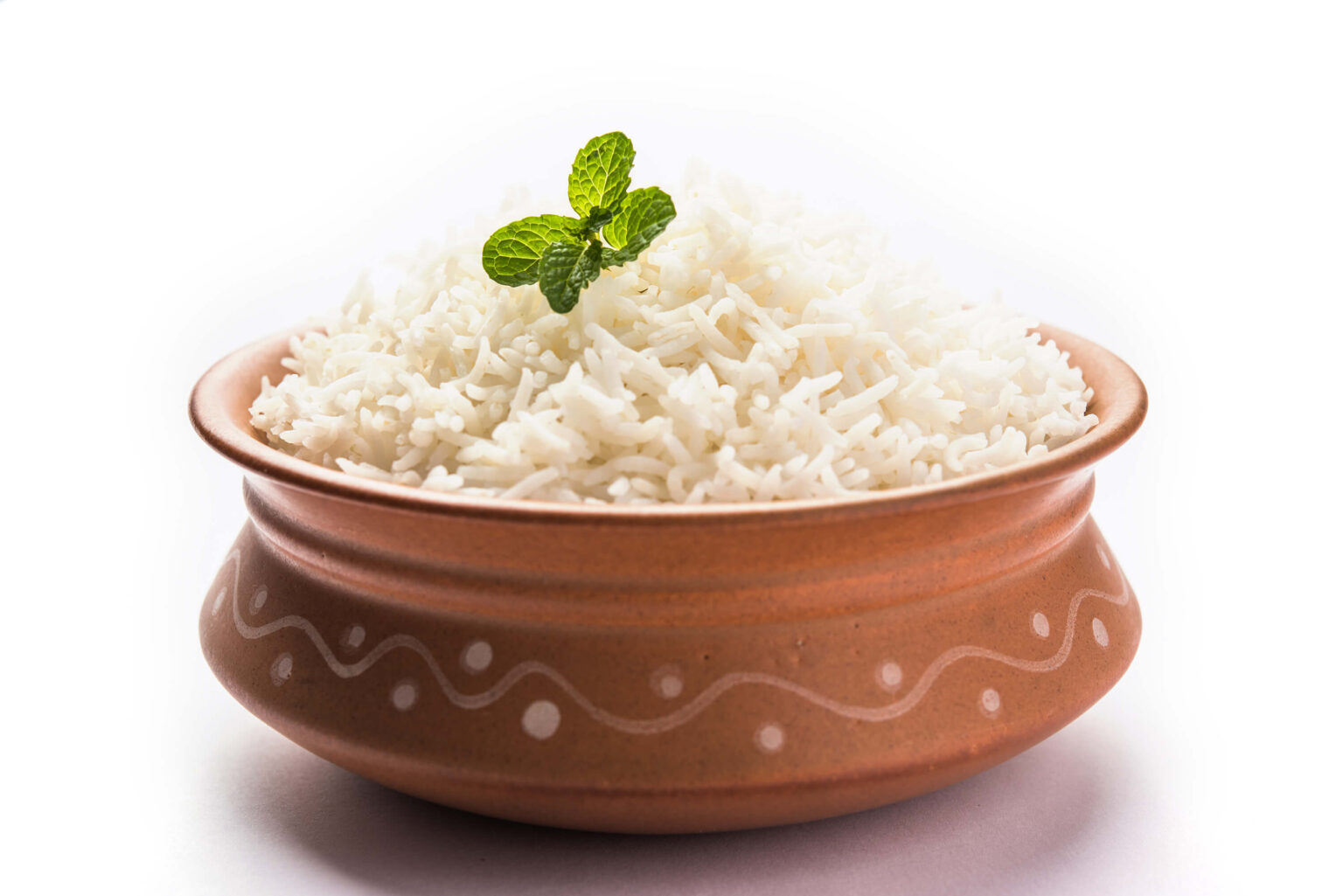Stop rice and you’ll lose weight!’ – Perhaps this is one phrase most of us have heard at some point or the other, right? But, unfortunately, rice has become rather infamous as a ‘villain’, more than a ‘hero’ in our daily diets.
But are we being quick to judge the humble grain? Or can rice actually aid your journey to a healthier, more active you? Backed by research and expert input, ASPIRE rolls the dice on rice.
The Goodness of Rice
Clinical Dietician, Dr. Prerna Gupta of Millennium medical center spills the beans about rice and its health benefits.
As per her, rice can be good for you. Rice is a starchy grain, one of the most commonly consumed staple grains in many parts of the world. Approximately 3.5 billion people around the world, particularly in Asia and parts of Africa, wholeheartedly eat rice for almost every meal.
According to a study, Chinese adults who consumed rice and vegetables gained less weight. On the contrary, Iranian adults who consumed rice experienced significant weight gain and obesity. Thus, rice alone cannot be pegged as the sole offender to our health; rather, it drastically affects our body when consumed with the wrong counterparts. Ultimately, a rice-centric meal is incomplete without its accompanying portions of vegetables, meats, or salads.
“Rice can contribute to weight loss and healthy living when eaten as part of a well-balanced diet. A healthy meal must have all the nutrients; therefore, rice consumption must be accompanied with lentils, veggies, or meat,” says Dr. Prerna.
Is It OK To Eat Rice Every day?
As with most things, everything seems nice only when consumed in a measured quantity. There is nothing inherently ‘fattening’ about rice, so it ultimately depends on the quantity intake.
Studies reveal that serving rice in smaller bowls can lead to a lesser intake. Reducing the size of the bowl can thereby reduce calories, blood sugar levels, and body weight.
According to studies published in the National Institute of Environmental Health Sciences, over consumption of rice can lead to cancer. This is because white rice readily absorbs arsenic from its growing environment. Arsenic, while a naturally occurring element found in water and soil, is known to be a human carcinogen in higher quantities. Therefore, eating unwieldy portions of rice can pose a health risk.
“Afternoon is the best time to have rice because your body has had a good gap after breakfast and this is when it needs the energy to sustain the next 7-8 hours. Besides, our body’s metabolism is higher during the daytime, thereby aiding in proper digestion,” adds Dr. Prerna.
Like any exercise, cycling has a tiny element of danger that can be easily avoided by using personal protective equipment like pads or gloves. The vehicle must be in good condition, with sturdy breaks and a functional bell, making it safe and smooth to drive for riders and pedestrians alike.

Rice can contribute to weight loss and healthy living when eaten as part of a well-balanced diet
Red, Brown, or White?
Health aficionados like to indulge in the endless debate on which rice is healthier, low on carbohydrates, or suitable for weight loss. While white rice is the most commonly available, health-conscious folks often switch to red or brown rice. So, which one is actually better- white, red, or brown?
White rice is a much-refined, hulled, and milled version of raw rice. Despite its universal appeal and easy digestibility, the refining process, which removes most of its dietary fiber, makes this a relatively less healthy option. Further processing also erodes B Vitamins and other nutrients, leaving behind starch primarily.
Red and brown rice have similar nutritional constituents as white rice, except that they are partially hulled or un-hulled, meaning that the precious fiber is present in the grains you eat. Both red and brown rice are rich in B vitamins, calcium, zinc and iron, manganese, selenium, and magnesium.
So, red or brown rice is what you must consume if you’re looking to lose weight. Of course, the portion can vary from person to person, depending on one’s requirements. Typically, 100 grams of cooked rice daily* is usually prescribed in a regular diet.

Afternoon is the best time to have rice because your body needs the energy to sustain the next 7-8 hours
Health Benefits of Eating Rice
According to Dr. Prerna, there are several health benefits of consuming rice:
1. Rice Is a Powerhouse of Energy
Although fad diets villainize carbs, the reality is that our bodies require carbohydrates for their normal functioning. In fact, we need energy even when we’re resting. Rice is rich in carbohydrates and is, therefore, a good source of energy.
White rice has more carbs, gets digested faster, and provides instant energy. This is another reason white rice can be bad for those trying to lose weight. Rice is digested very fast, thereby making you hungry faster.
2. Promotes Heart Health
Rice is naturally blessed with anti-inflammatory properties. This means eating rice can prevent the deposition of atherosclerotic plaque on the walls of the blood vessels. This eventually decreases the risk of conditions like heart attack, stroke, etc. Brown and red rice are especially good for the heart because they contain husk.
3. Easy To Digest
Rice is not only easy to cook, but it’s also easy to digest. Unlike brown or red rice, white rice lacks a compound called phytic acid, an anti-nutrient that causes digestive issues.
Rice Recipes You Can Eat Guilt-Free
1. Herby Vegetable Paneer Baked Rice
Paneer is a good source of protein, while rice is rich in carbs. The veggies bring in vitamins- making this a balanced meal. Besides, it is baked!
2. Khichdi (rice and lentil porridge)
One of the age-old, yet delicious meals, Khichdi is one of the most nutritious one-pot meals you can have. The amino acid present in rice and lentils makes this a protein-rich meal. Add in some veggies, and voila, the vitamins are in, making it healthy and delicious comfort food.
3. Chicken Curry Rice
Who can resist this? Needless to say, chicken is rich in protein, and combining rice with protein only increases the nutritional value and lets you feel full longer as well, beating those pesky cravings.
So go ahead and have a rice day… because rice can actually be nice!



1 Comment
Comments are closed.